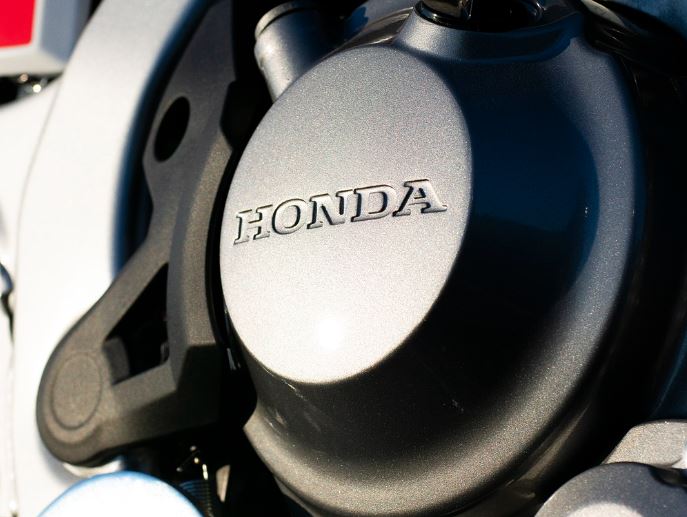Honda’s recent commencement of production for the 2025 CR-V e at its Performance Manufacturing Center (PMC) in Ohio marks a significant step in the hydrogen energy sector.
As the first hydrogen fuel-cell electric vehicle (FCEV) produced in the U.S., the CR-V e integrates advanced technology with domestic manufacturing capabilities.
Honda’s collaboration with General Motors to develop a new fuel-cell system highlights a leap in efficiency and cost reduction. The system promises higher durability and efficiency, addressing previous limitations observed in fuel-cell technologies. This achievement positions Honda at the forefront of fuel-cell innovation, crucial for advancing the viability of hydrogen-powered vehicles.
The CR-V e’s capability to combine hydrogen fuel-cell power with plug-in electric charging underscores its versatility. This dual-power integration extends its range, providing up to 270 miles according to EPA ratings, with additional electric driving capability for shorter trips. Such flexibility addresses range anxiety, a critical factor hindering widespread adoption of FCEVs.
Transitioning from producing the Acura NSX to the CR-V e posed substantial challenges at PMC. New assembly processes were implemented to accommodate the vehicle’s dual power sources, including hydrogen tanks and under-floor batteries. The integration of a high-pressure hydrogen filling station onsite reflects Honda’s commitment to infrastructure development alongside vehicle production.
PMC’s adaptation of welding and paint systems illustrates the complexities of transitioning from aluminum spaceframes to steel unibody constructions. Modifications in welding technologies and corrosion protection processes were necessary to meet the demands of the CR-V e
‘s larger, steel-based structure. These adjustments ensure quality and durability comparable to traditional mass production standards.
Honda’s strategic move to produce the CR-V e domestically not only supports U.S. manufacturing but also enhances market accessibility. By localizing production, Honda aims to bolster consumer confidence and streamline distribution channels. However, market penetration hinges on addressing cost competitiveness and expanding hydrogen refueling infrastructure nationwide.
The production of CR-V e at PMC lays a solid foundation for Honda’s broader electrification goals, including forthcoming battery-electric vehicles. This progressive shift underscores Honda’s commitment to sustainable mobility solutions amidst evolving regulatory landscapes and consumer preferences favoring clean energy technologies.
